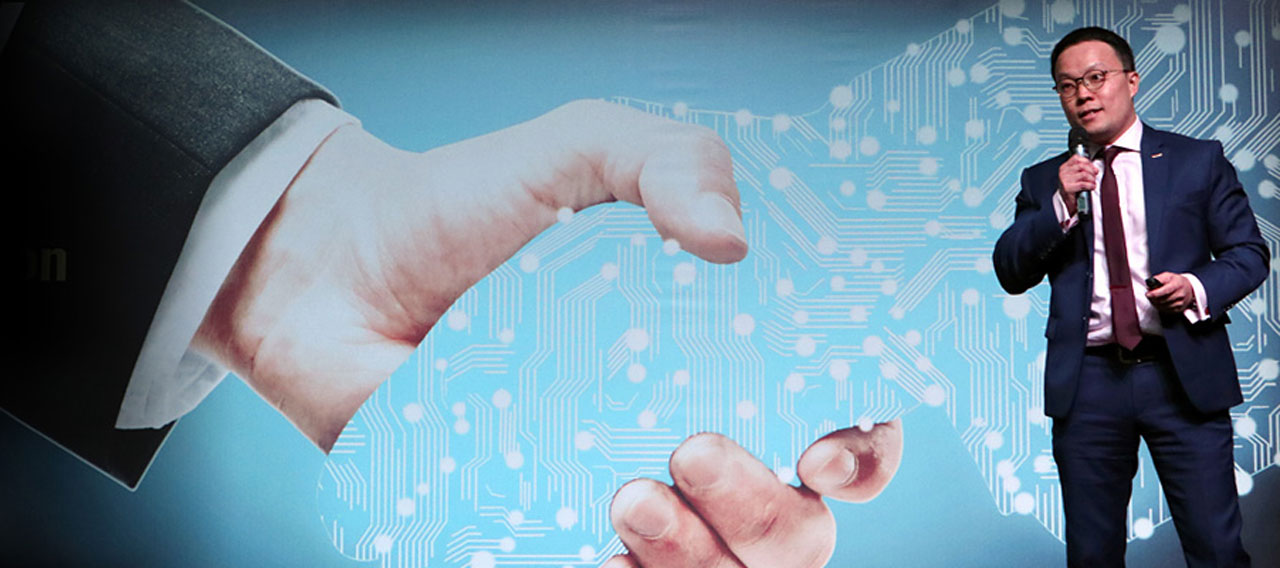As the number of cyber attacks increase steadily, businesses must step up their defenses to protect one of their most valuable assets – data. In order to do so, they need to know where their weaknesses are, before implementing measures to plug those gaps.
During the webinar, Tales from the Dark Web, Paul Jackson from Kroll highlighted the 10 gaps in cyber security that organizations face.
1. Unpreparedness
With the increase in frequency and complexity of cyber incidents in the region and worldwide, organizations cannot afford to be unprepared anymore. Organizations must test their defenses before a breach occurs, and be ready to respond when required. Failing to expect and respond to breaches will come at a high cost as organizations struggle to resume business.
2. Unknown threats
To be prepared, organizations must know what the threats are. Knowing the enemy and assets available is key. Beside keeping abreast of the latest developments, organizations can also get intel from the Dark Web to know where their threats are.
3. Is it too late?
Attackers may have infiltrated an organization’s network and are just waiting for the right opportunity to strike. It is recommended that organizations conduct active threat hunting to intercept these attempts, and stop attacks before they happen. Active threat hunting can be done if proper monitoring systems are in place, or via searches on the Dark Web to identify any weak links or exploited areas within the organization.
4. Lack of monitoring
In order to ensure that threats are identified early on, organizations have to ensure that they have the right monitoring solutions in place. Anomalous behavior on the network and endpoints must be flagged at the onset to minimize the organization’s vulnerability to attacks or fraud.
5. Open to fraud
Where processes involve human contact, they will be vulnerable to fraud and misuse. Without proper monitoring in place, these business processes may be compromised.
6. Mobile / home / travel security
In the modern organizations, employees commonly work on the go, or out of the office. This means that any form of cyber security implemented in the organization must be extended beyond the perimeters of the office. Mobile devices and laptops must be secured and employees have to be made aware of the risks and response plans.
7. Third party / Vendor risks
Beyond the organizations’ systems and employees, it is also vital to ensure that the third parties and vendors you work with have robust cyber security measures and policies in place. Organizations should put in place a regular and structured method to review and assess the security levels of these external parties to ensure that attackers are not able to exploit these loopholes to access the organization’s network.
8. Incident handling
When incidents do occur, organizations must ensure that they manage the crisis properly. A detailed crisis response plan should be in place, and well-rehearsed during “peaceful times” to ensure that everyone is aware of their roles and responsibilities. Mishandling of incidents can result in much higher costs and reputational damage, from which it may be challenging to recover.
9. Internet of things (IoT)
With increased connectivity across devices and systems via IoT, a once isolated attack is a much more serious issue these days. Attackers may be able to find ways to enter a particular system through another “door” which may be easier to access. This is tough to monitor, and disconnecting devices and systems is not even an option as the world continues to evolve.
10. People risk
Employees can be an organization’s weakest link, but also its greatest defense. A malicious staff may sell confidential information, or even allow attackers entry into the organization’s network. An ignorant employee may even unknowingly leave an “open door” for attackers. However, an employee who is aware of the risks and educated about signs to look out for in a breach, is an organization’s first line of defense. Ensure that employees are familiar with the risks and responses.
“Prevention is better than cure” is an apt saying here. All organizations, big and small, should be prepared for cyber breaches. Being able to identify and stop these attacks before they happen will save organizations from incurring substantial costs, and irreparable reputation damage. If an incident does occur, Chubb’s insureds can be assured of a swift and professional response plan that is part of the Cyber ERM policy. Read more about Chubb’s pre-loss services and incident response platform to find out more.

Tales from the dark web
Learn how criminals use the dark web, the myriad exposures it creates and why it’s important for organizations of all sizes to understand this digital underworld.
Insights and Expertise






No part of this article may be reproduced in any written, electronic, recording, or printed form without written permission of Chubb.
Disclaimer - All contents of this article are intended for general information/guidance purposes only and not intended to be an offer or solicitation of insurance products or personal advice or a recommendation to any individual or business of any product or service. This article should not be relied on for legal advice or policy coverage and cannot be viewed as a substitute to obtaining proper legal or other professional advice, or for reading the policy documents. You should read the policy documents to determine whether any of the insurance product(s) discussed are right for you or your business, noting different limits, exclusions, terms and conditions apply in each country or territory, and not all cover is available in all countries or territories.










